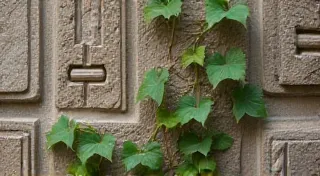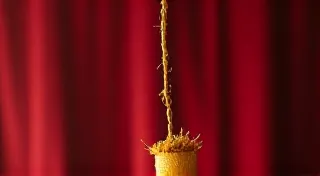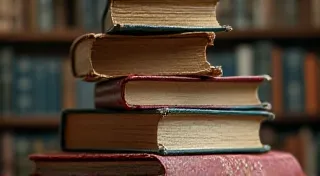The Saffron Thread: Imbueing Your Calligraphy with Personal Narrative
Calligraphy, at its heart, isn’t simply about elegant lines and perfect letterforms. It’s a dialogue – a conversation between the hand, the tool, and the spirit. For those of us who navigate this art left-handed, a unique set of technical challenges often dominates the initial learning curve. Ink smudging, awkward hand positioning, the frustrating dance of dragging our hands across just-inked surfaces... these are hurdles many left-handed calligraphers know intimately. But beyond the technical mastery lies a far deeper potential: the ability to infuse your script with a narrative, a history, a personal truth that resonates with a quiet, profound beauty. It's about weaving in the ‘saffron thread’ – that unexpected, precious element that elevates the commonplace to something truly extraordinary.
I think of my grandfather's antique accordion. It wasn’t a pristine, showroom piece. Decades of use had worn the bellows, dulled the keys, and softened the leather. Each imperfection told a story – of lively family gatherings, of immigrant resilience, of melodies carried across continents. As a young boy, I’d sit mesmerized as he played, the warm air filled with the accordion’s mournful, yet joyful sounds. It wasn’t just music; it was a living chronicle of his life, his heritage, and the enduring power of human connection. That accordion, that tangible record of lived experience, is the essence of what I strive to achieve with my calligraphy.
The Echoes of Ancestry
Consider the historical context of calligraphy itself. Initially, it wasn't simply decorative. It was functional – a means of preserving knowledge, recording laws, and communicating across vast distances. The monks painstakingly copying manuscripts in medieval scriptoria weren't merely replicating text; they were preserving a cultural legacy. Each flourished initial, each carefully drawn line, held the weight of centuries. This reverence for the written word, this understanding that calligraphy isn't just about aesthetics but about transmission and preservation, is crucial for the left-handed calligrapher seeking to imbue their work with personal narrative.
Think about the materials you use. Are your inks plant-based, echoing the medieval scribes who ground pigments from berries and minerals? Does the paper you choose reflect the texture and character of antique vellum? Even the type of nib you select can hold significance. A broad-edged nib, reminiscent of Carolingian minuscule, evokes a specific historical period. A pointed nib, capable of producing delicate swirls and flourishes, might represent a more personal and expressive style. Mastering the paper angle itself is also vital for a smooth flow – as some explore in detail regarding The Corvus’ Dance: The Subtle Art of Paper Angle Adjustment for Left-Handed Calligraphers. The challenge of consistently finding a comfortable position, avoiding smudges and achieving consistent ink distribution can feel insurmountable at first. For many left-handed calligraphers, simply understanding the nuances of the tools themselves – from the weight of the pen to the angle of the paper – is a fundamental step in unlocking their creative potential. Resources like The Silent Dialogue: A Beginner’s Guide to Left-Handed Calligraphy Tools & Their Souls offer invaluable insights for those just starting their journey.
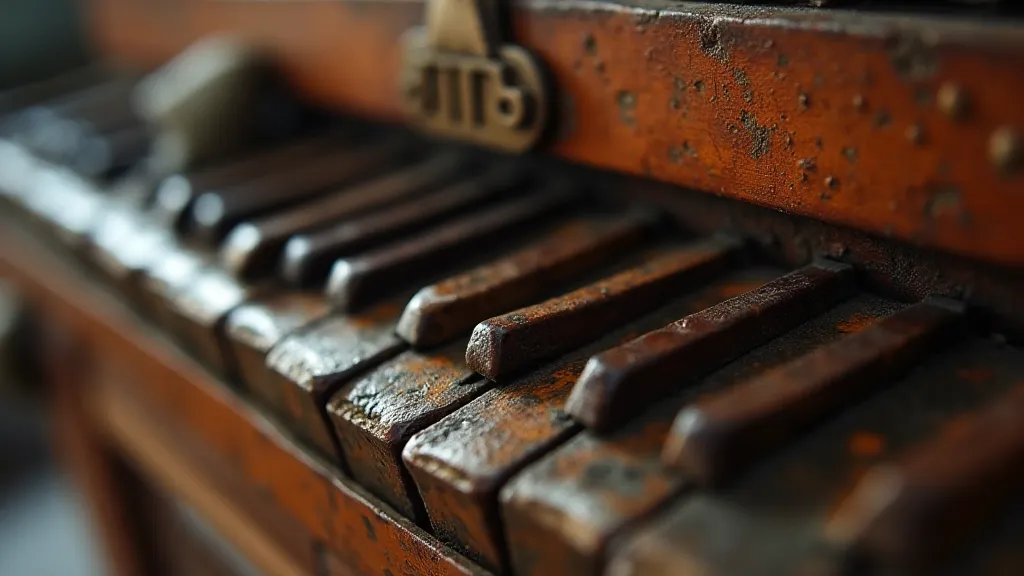
Finding Your Story
So, how do you, a left-handed calligrapher perhaps still wrestling with ink smudges and hand positioning, begin to inject your work with this kind of personal resonance? It doesn’t demand grand pronouncements or overtly sentimental gestures. It starts with quiet observation and genuine reflection.
What are the stories that shape you? Perhaps a cherished childhood memory – the smell of your grandmother's baking, the sound of rain on a tin roof. Maybe a defining moment – a loss, a triumph, a realization. These experiences, however seemingly small, contribute to the tapestry of your identity. Try translating these moments into words, then transcribe those words into calligraphy. Don't focus solely on the beauty of the letterforms; focus on conveying the emotion, the atmosphere, the essence of the memory.
Experiment with different styles. A more formal script might be suitable for conveying respect or reverence, while a looser, more expressive style could capture the joy or the pain of a particular experience. Consider the weight and color of your ink. A dark, saturated ink can evoke a sense of mystery or melancholy, while a lighter, more translucent ink might convey a feeling of hope or tranquility. The subtle nuances in your materials will contribute to the overall narrative. Sometimes, the simple act of selecting the right tools can unlock a deeper understanding of the artistic process – and demystify some common pitfalls that many left-handed calligraphers face. Debunking myths about skill and technique is a vital part of this journey, as explored in The Azure Labyrinth: Deconstructing the Myths of Left-Handed Skill.
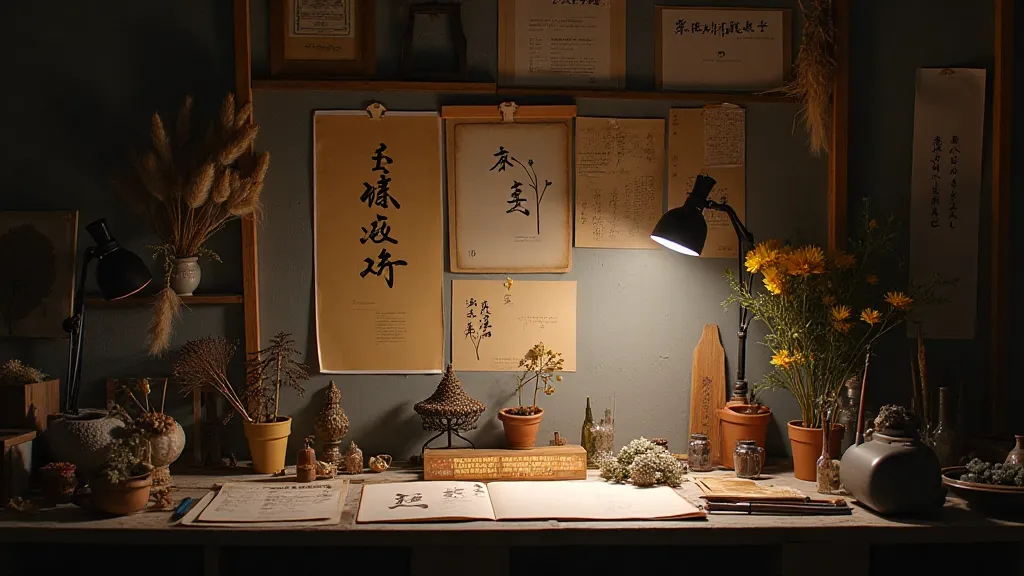
The Language of Restoration
My grandfather’s accordion isn’s in perfect condition. Its repairs tell a story of their own, a testament to the efforts made to keep a piece of family history alive. Similarly, the imperfections in your calligraphy – the slightly uneven lines, the occasional smudge – shouldn't be erased. They are a record of your journey, a visible reminder of the effort and dedication that went into creating the piece. They are, in a way, marks of authenticity. Recognizing that mastery doesn't mean flawlessness, but rather embracing the unique character that imperfections bring to a piece.

Restoring an antique instrument, like restoring a piece of calligraphy, is about more than just bringing it back to its original state. It’s about understanding its history, appreciating its imperfections, and preserving its character. It's about allowing the story to continue to unfold. The intentional preservation of these small reminders of the creative process can be incredibly powerful, transforming a simple piece of writing into a testament to resilience and the beauty of imperfection. It’s also about respecting the lineage of the art form itself—understanding that countless calligraphers throughout history have faced similar technical challenges and found beauty within those limitations. Indeed, the pursuit of a seamless, technically perfect piece can sometimes overshadow the very essence of the art – the story it seeks to tell. This is why many find value in approaching the act of creating with a spirit of exploration and acceptance, embracing both successes and imperfections as integral parts of the process.
Beyond Technique: Connecting with the Viewer
Ultimately, the goal isn't to create technically perfect calligraphy, but to create something that resonates with the viewer on an emotional level. It’s about communicating a sense of vulnerability, honesty, and connection. The more deliberate one becomes in recognizing the significance of these historical influences, the more compelling the narrative crafted can become. For those eager to delve deeper into the exploration of these artistic legacies, a closer look at The Amber Archive: Cataloging Lost Calligraphic Traditions – A Left-Handed Perspective provides valuable insights.
Consider practicing with quotes or passages that deeply resonate with you, transcribing them with the intent of imbuing them with the feeling that sparked your interest in them. Experiment with unconventional materials; perhaps incorporating pressed flowers, or small pieces of antique paper into your work. Don’t be afraid to let the materials themselves contribute to the story. Perhaps the grain of the paper, the texture of the ink, or the unique shape of a nib can all contribute to the overall narrative. Remember, the tactile experience of creating – the feel of the nib on the paper, the scent of the ink – can be just as important as the visual outcome.
Remember, the saffron thread isn’t about adding a flashy embellishment; it's about subtly enriching the entire fabric. It's about allowing your personal narrative to shine through, not as a loud declaration, but as a quiet, enduring presence. The consistent application of mindful practice and thoughtful material selection can unlock layers of meaning within your work, transforming it into a powerful expression of personal history and artistic vision. It requires a willingness to embrace vulnerability, to confront technical challenges, and to allow the story to unfold organically. To truly understand this concept, one must remember the beauty that lies not in perfection, but in the journey itself.
This process often involves a deep dive into the techniques and philosophies of historical calligraphers, understanding not just *how* they created their art, but *why*. It’s a journey of continuous learning, experimentation, and self-discovery. The beauty of calligraphy lies not just in the final product, but in the journey itself—the process of transforming personal experiences into tangible expressions of art. And the ability to adapt and overcome challenges, especially for those who are left-handed, is a testament to their perseverance and creativity.



